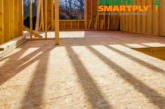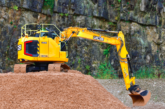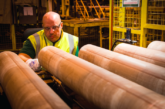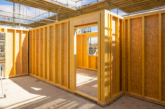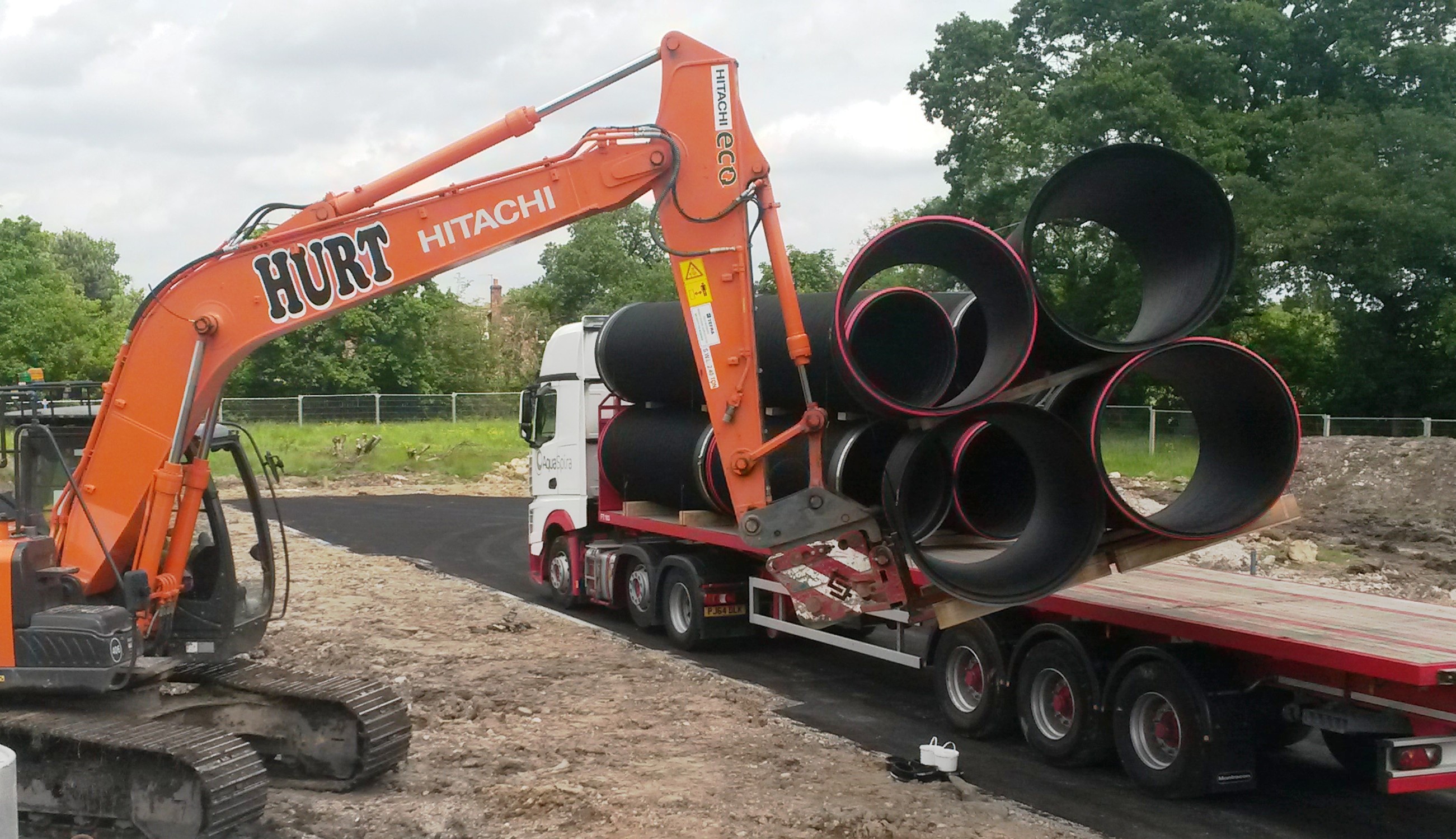
From the mitigation of flood risk to increased health and safety on site, Composite Steel Reinforced pipes appear to have a number of benefits. PHPD questions Mark Stanway, a Director of Aqua Spira, about their attributes.
Q. The management of stormwater has become an important issue on developments of all sizes. What are the key challenges facing housebuilders when approaching this issue?
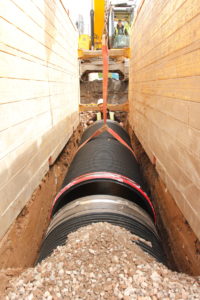 In the interests of minimizing the risk of flooding, as the risk has increased over recent years, the requirements to combat the impact of rapid surface water run-off from new housing developments has also increased. Whilst ponds and other surface level features can provide storage solutions on certain developments, the space required, and issues relating to adoption, long-term maintenance and safety, often makes them less favourable than methods of underground storage that will be routinely adopted by the water company.
In the interests of minimizing the risk of flooding, as the risk has increased over recent years, the requirements to combat the impact of rapid surface water run-off from new housing developments has also increased. Whilst ponds and other surface level features can provide storage solutions on certain developments, the space required, and issues relating to adoption, long-term maintenance and safety, often makes them less favourable than methods of underground storage that will be routinely adopted by the water company.
The key challenge is to firstly design a storage system that has minimal, or ideally no impact on land available for development plots, and secondly, a system that can be installed quickly and efficiently in order to minimise valuable programme time.
Q. What is the benefit of installing large diameter pipes under the estate roads of a new development?
The primary benefit is that the ground beneath the estate roads provides an ideal, natural space to locate the stormwater storage, and with the effective use of larger diameter pipes, it is often possible to contain the full volume of storage beneath the roads.
Moreover, when advanced pipes such as AquaSpira Composite Steel Reinforced (CSR) pipes are used, the much smaller outside diameter of the pipe enables even larger bore pipes to be installed within the same footprint as a smaller bore concrete pipe. For example, the outside diameter of the socket on a 1200mm diameter concrete pipe is exactly the same as a 1500mm diameter AquaSpira pipe, but t
he storage capacity of the 1500mm diameter pipe is 56% greater, providing huge opportunities for cost and programme savings.
Q. How can AquaSpira CSR pipes help reduce installation time on a site?
As outlined above, the greatest opportunity to reduce installation time on site is achieved at the design stage by maximizing the size of the pipes in the estate roads, in the knowledge that the minimal outside diameter and weight of the pipes allows them to be handled and installed quickly and efficiently. Installation time is also saved due to the significant reduction in excavation required for CSR pipes. For example, the volume of excavation required for a 1200mm diameter AquaSpira CSR pipe is 30% less than that for the same size concrete pipe.
Q. Accessing sites can be a challenge for many developments. Can AquaSpira CSR pipes also help with site movements and delivery issues?
Many new housing developments are located within existing residential areas, where local and immediate access roads to the site entrances are often relatively narrow, with parked cars and other obstacles to contend with. In addition to the physical difficulties associated with getting materials on to sites, there is of course the issue of trying to minimize general disruption and hazards to the local community. The reduction in the number of deliveries to site for AquaSpira pipes is very significant. On average, compared to concrete pipes, the number of deliveries is reduced by 60%.
Q. What is your suggested solution for sites with poor ground conditions? Does this affect structural performance?
For all sites we would recommend that structural calculations to BSEN1295 are undertaken to assess the structural performance of the pipe for the specific application. This is a relatively simple exercise that we routinely undertake for our clients free of charge.
Where ground conditions are very poor, irrespective of the pipe material used, it may be necessary to increase the support around the pipe. For rigid concrete pipes, this may require digging a deeper excavation, placing a geotextile membrane and a greater depth of bedding material. For AquaSpira CSR pipes, it may require a slightly wider trench with a geotextile liner to the sides and more compacted material either side of the pipe.
Q. What is the environmental impact of using a CSR drainage solution?
CSR pipes have a minimal impact on the environment. As outlined above, the average 60% reduction in delivery requirements is a major contributing factor. In addition to this, the average 25% less excavation, plus the ability to offload pipes in a fraction of the time and handle them with small machines, means that fuel and emissions from site machinery is significantly reduced. The pipe itself has minimal environmental impact too. The composite structure utilises 60% less HDPE material than ‘plastic only’ pipes, and over 50% of the steel element of the pipe is recycled material.
Q. Health and safety on sites is paramount. How do CSR pipes help to ensure workers remain safe?
The Health and Safety of all site staff is indeed paramount and CSR pipes provide a demonstrable step change in improving the safety of all site operations related to installing large diameter pipes. For all diameters, CSR pipes weigh just 5% the weight of an equivalent concrete pipe, so for example, a 1200mm diameter CSR Pipe weighs just 220kg’s, compared to over 3.5 tons for the same size concrete pipe.
Additionally, pipes are safely offloaded and stored using standard fork attachments or tele-handlers, and because pipes can be moved around site in packs, movements of heavy machinery around site can be reduced by up to 80%.
Finally, with less excavation and more efficient installation, the overall duration of time that deep excavations are open is proportionately less.
Q. Are there any other benefits of using Composite Steel Reinforced (CSR) pipes as part of the drainage solution?
There are many other benefits to using CSR pipes, all of which are set out on our website (www.aquaspira.com), however, for me, the most exciting aspect is that AquaSpira CSR pipes provide genuine and significant benefits to all parties involved, from Design Optimization, Safety, Programme Reduction, Installation Efficiency, and even down to minimal disruption for the local community.



